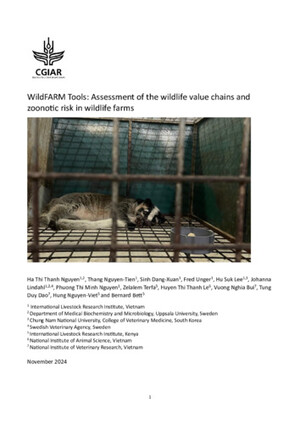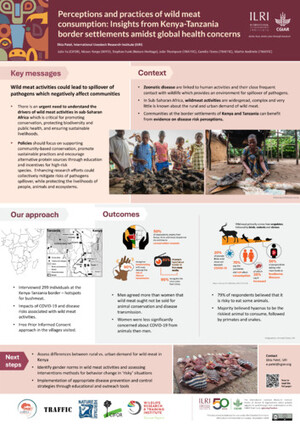
Giraffe genome sequence reveals clues to its unique morphology and physiology
Abstract
The origins of giraffe's imposing stature and associated cardiovascular adaptations are unknown. Okapi, which lacks these unique features, is giraffe's closest relative and provides a useful comparison, to identify genetic variation underlying giraffe's long neck and cardiovascular system. The genomes of giraffe and okapi were sequenced, and through comparative analyses genes and pathways were identified that exhibit unique genetic changes and likely contribute to giraffe's unique features. Some of these genes are in the HOX, NOTCH and FGF signalling pathways, which regulate both skeletal and cardiovascular development, suggesting that giraffe's stature and cardiovascular adaptations evolved in parallel through changes in a small number of genes. Mitochondrial metabolism and volatile fatty acids transport genes are also evolutionarily diverged in giraffe and may be related to its unusual diet that includes toxic plants. Unexpectedly, substantial evolutionary changes have occurred in giraffe and okapi in double-strand break repair and centrosome functions.
Citation
Agaba, Morris; Ishengoma, Edson; Miller, Webb C.; McGrath, Barbara C.; Hudson, Chelsea N.; Bedoya Reina, Oscar C.; Ratan, Aakrosh; Burhans, Rico; Chikhi, Rayan; Medvedev, Paul; Praul, Craig A.; Wu-Cavener, Lan; Wood, Brendan; Robertson, Heather; Penfold, Linda; Cavener, Douglas R. 2016. Giraffe genome sequence reveals clues to its unique morphology and physiology. Nature Communications 7:










